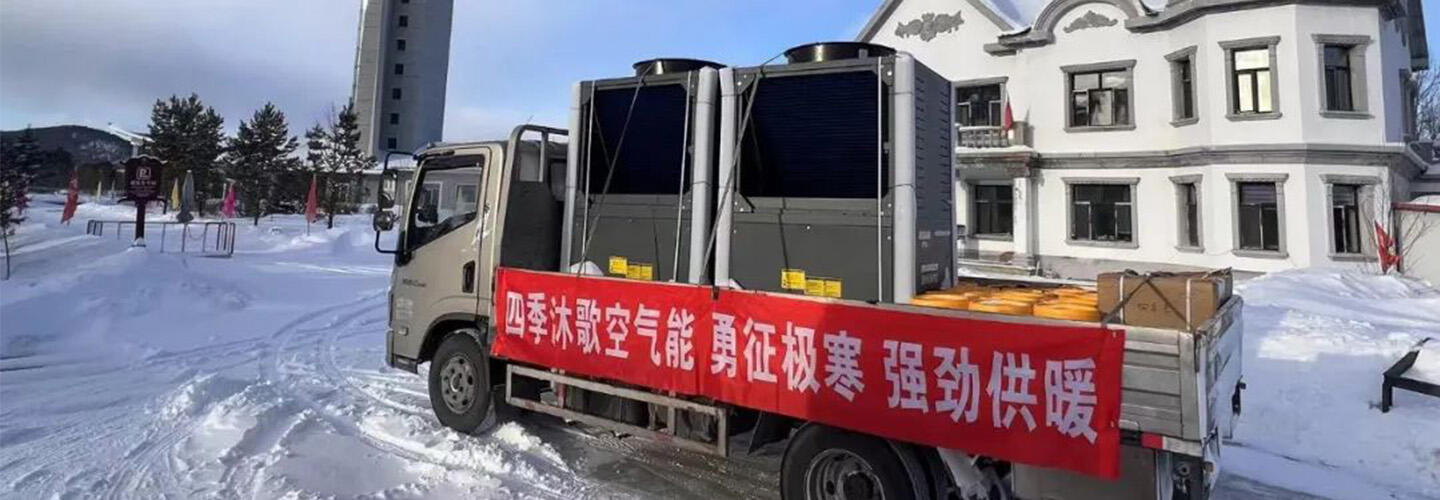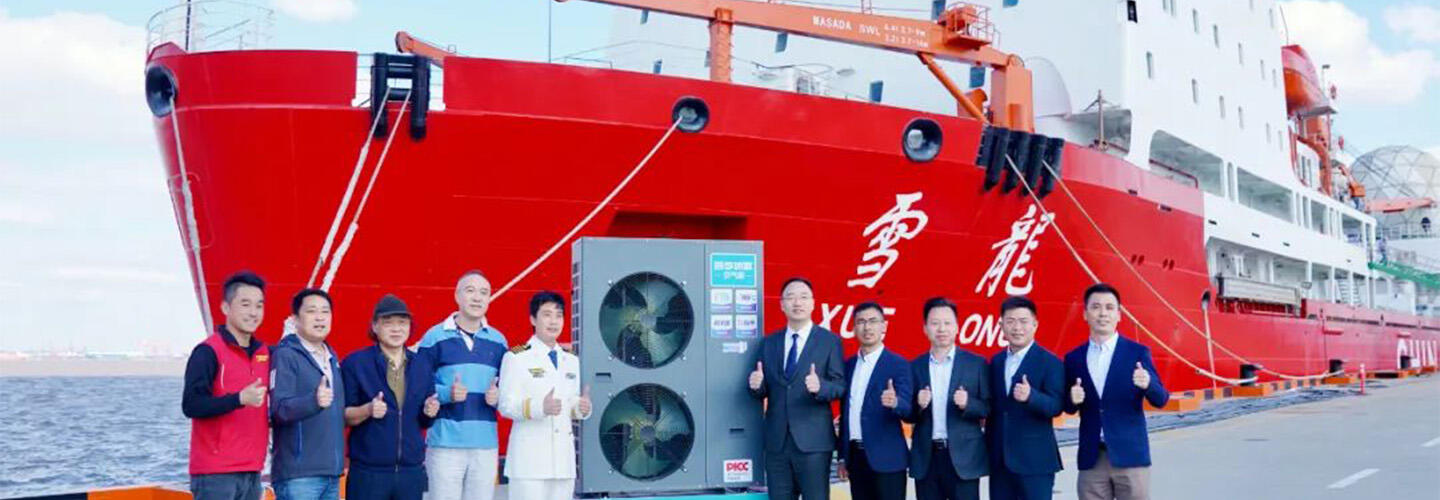Winter Air Source Heat Pump Usage Precautions
Ensure that the air source heat pump equipment remains powered on and the heating water system is circulating. The unit will automatically activate the anti-freeze protection feature when powered on.
In the event of an unavoidable power outage or if the air source heat pump will not be used for an extended period of time, it is necessary to immediately drain all the water from the main unit and water pump completely. Failure to do so may result in freezing and cracking of the unit's heat exchanger and water pump, or even the infiltration of the fluorine system, rendering the entire unit unusable. Please note that such damages are not covered under the company's warranty. Before restarting the unit, conduct a thorough system inspection and add an appropriate amount of water to ensure the normal operation of the unit.

In areas prone to severe cold and frequent power outages, if it is inconvenient to perform anti-freeze drainage, an anti-freeze solution can be added to the unit's system. The choice of anti-freeze solution should be based on the lowest local ambient temperature.
During continuous rainy, snowy, and cold weather conditions, ensure that the unit's body is free from accumulated water and snow, and keep the drainage system unobstructed.
If the air source heat pump will not be used for a short period of time (approximately 3-4 days), keep the unit powered on (in standby mode) and adjust the water temperature to around 30 degrees Celsius.
These are some suggestions and precautions for using air source heat pumps in winter. We hope they are helpful to you. If you have any questions, please feel free to contact us. Thank you!


 EN
EN
 AR
AR BG
BG HR
HR CS
CS DA
DA NL
NL FR
FR DE
DE EL
EL HI
HI IT
IT JA
JA KO
KO NO
NO PL
PL PT
PT RO
RO RU
RU ES
ES SV
SV CA
CA TL
TL IW
IW ID
ID LT
LT SR
SR SK
SK UK
UK VI
VI SQ
SQ ET
ET HU
HU TH
TH TR
TR FA
FA AF
AF MS
MS KA
KA BN
BN

